Local bathroom breaks just got a lot more interesting, thanks to a Colorado State University public history course’s “in-stall project.” The project is connecting Fort Collins’ past and present — all within the stalls of public restrooms.
Thomas Cauvin, a CSU assistant professor in the Department of History, assigns an interesting and engaging project for his public history students each semester. His idea of students creating panels and podcasts for last fall semester was no different.
“I came up with this in-stall and podcast public history project after coming up with two or three other ideas,” Cauvin said. “I wanted the students to learn about one topic connected to local history, and I wanted them to be able to communicate that history to the public here in Fort Collins.”
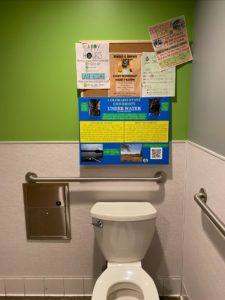
Photos by Thomas Cauvin.
Cauvin emphasized the importance of communication in public history, and he wanted to ensure his students focused on their audience while producing these projects.
“I hoped to spice things up,” he said. “I wanted to force the students to connect with their audience in 20 to 30 seconds. How can we convey the message? What medium should we use? How can we use the space and make the audience enjoy it?”
Cauvin’s idea was to have students create decorative panels highlighting significant historical events and people from the Fort Collins area and place them in local public bathrooms. In addition, the students were also tasked with partnering with campus radio station KCSU FM and creating a seven- to eight-minute podcast about the topic of the panel.
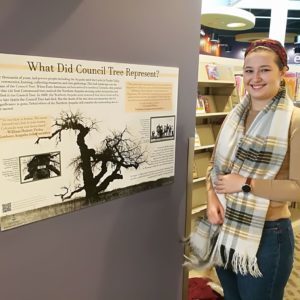
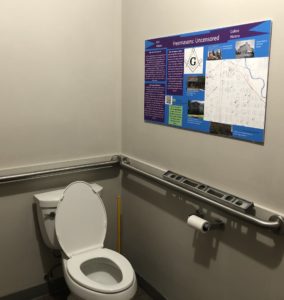
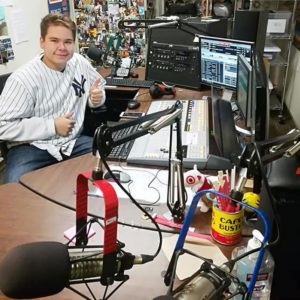
“I want my students to have fun while they learn about history,” Cauvin said. “Public history is not just researching, but producing something. These projects can be seen, discussed, and felt by the public.”
Cauvin’s efforts to create fun and engaging projects earned him the College of Liberal Arts Distinction in Outreach Award in December. The honor recognizes his goal of engaging the community through different mediums of outreach, from this project to the exhibitions and documentary films he’s led in previous courses.
“Public history is history that addresses large audiences, a history that gives a voice to people so they can participate,” Cauvin says.
History projects show modern relevance
The panels are placed in public bathrooms on campus and around Fort Collins, including in the Morgan Library, Ginger & Baker, Maza Kabob and the Council Tree Public Library.
“Many of the locations of the panel depended on the students’ topic,” Cauvin said. “The panel about the CSU flood was set up close to the CSU dorms, the panel on restaurant-owner Auntie Stone is at Ginger and Baker, and the panel about Strauss Cabin is close to Fort Collins High School since it dealt with urban legends for high school students.”
Because the panels all focus on local history, Cauvin is certain the public will enjoy reading them.
“Many of these topics are still very important and relevant,” he said. “These visually appealing and well-designed panels show people about the past, but engage with them in the present. People enjoy discussing topics like the flood of 1997, or the history of prohibition here in Fort Collins. It’s all fascinating.”
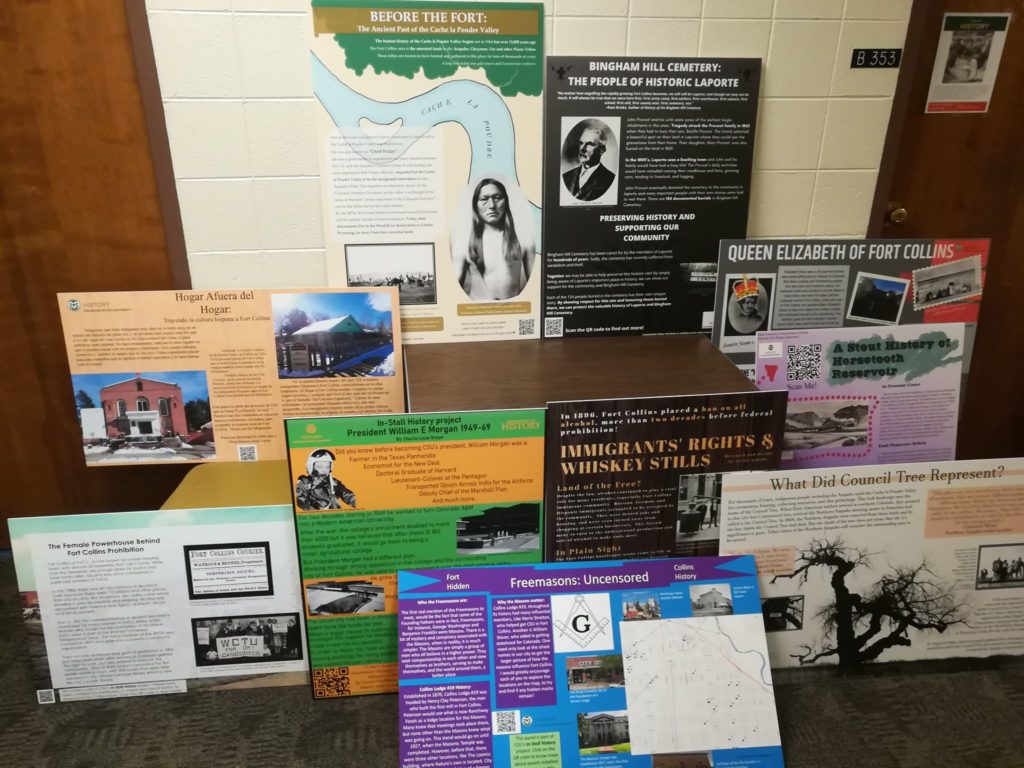
One of the students in Cauvin’s class, Leslie Schenk, focused her panel and podcast on the history of prohibition in Fort Collins, which went from 1896 to 1969.
“I chose my topic because Fort Collins is the microbrewery capital of Colorado, and brewing makes up such a significant portion of the town’s identity,” Schenk said. “I wanted to see how we could go from an all-out ban on alcohol for over 70 years to breweries seemingly on every street corner.”
The topics of the panels and podcasts cover a variety of topics related to Fort Collins’ history. Students were able to study topics and people like Elizabeth Stone, a famous store owner in town in the 1870s; the spooky and legendary Strauss Cabin; or the now obsolete town of Stout, Colorado, which sits at the bottom of Horsetooth Reservoir. Cauvin himself enjoyed getting to learn about the history of Fort Collins, as many of the projects presented completely new information to him as well.
“I was pleasantly surprised by these projects,” he said. “For example, it was so interesting to learn about President Morgan of CSU, who led the university in the 1950s and ’60s. I expected the project to be a biographical profile of a casual president. Turns out, he worked with the CIA, went to Africa, and was a pilot. He did a lot of things in his life you wouldn’t expect from a university president.”
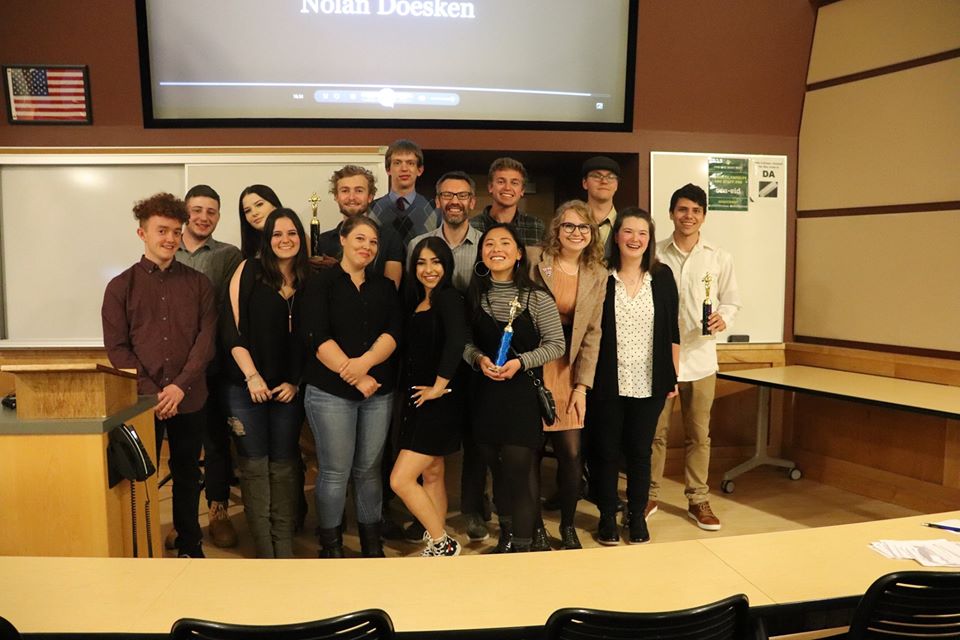
Hailey Doucette, a student in Cauvin’s public history course, focused her panels on the 1997 flood. The topic allowed her to combine her interests in the environment and history, as well as learn more about the strength of the community.
“The most interesting part for me was the oral histories of the event,” she said. “I interviewed a police dispatcher from the night of the flood. He spoke to the magnitude of the flood, but also put an emphasis on how strong and resilient the Fort Collins community was that day.”
More information on the different panels and locations around Fort Collins can be found on the In-Stall History Project website. The student-created podcasts will be aired on KCSU FM weekly throughout the spring, and student-made documentary films on topics like WWII, the 1997 floods, women at CSU, Civil Rights at CSU and prohibition can be found on YouTube.